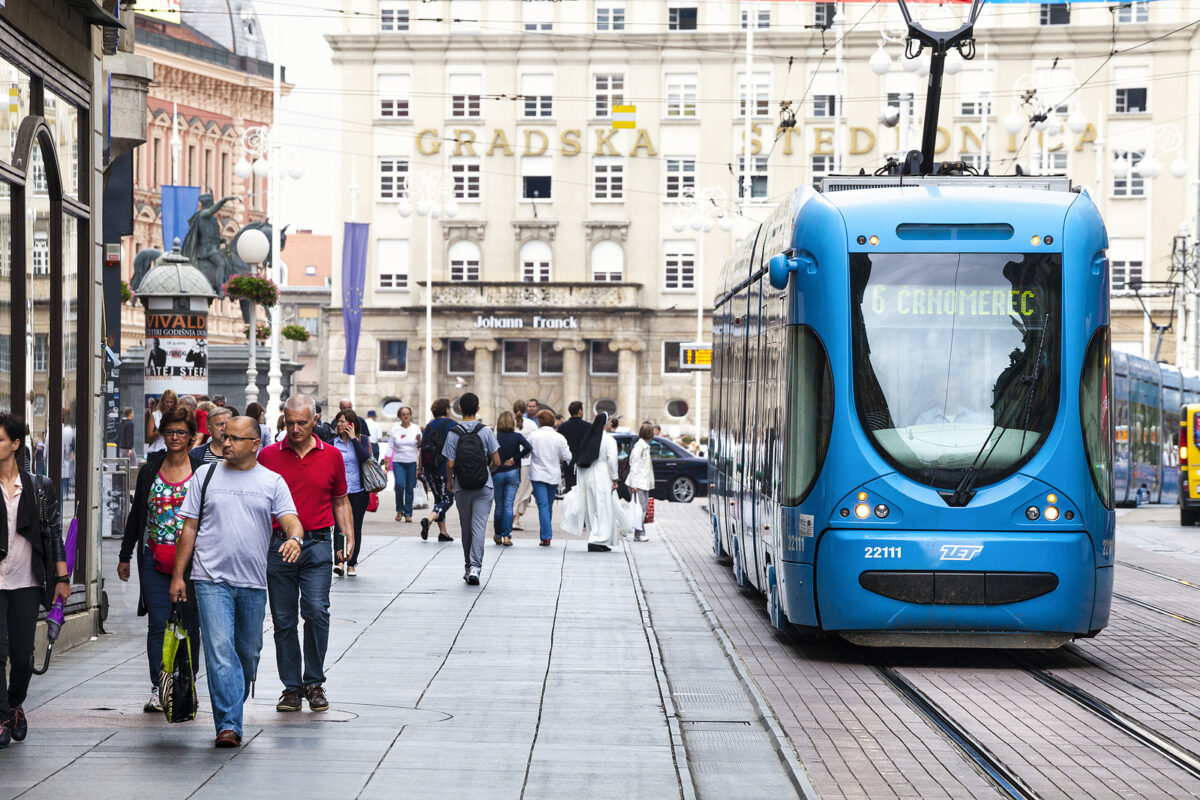Despite the uncertain international environment, the economies of most countries in Central, East and Southeast Europe are showing robust growth.
However, some of those countries with strong ties to German industry—such as Czechia, Slovakia and Hungary, as well as Romania—are badly feeling the pinch of the recession in Germany. Nevertheless, their economies are likely to pick up again next year.
This is the finding of the new Autumn Forecast by the Vienna Institute for International Economic Studies (wiiw), which covers 23 countries of the region.
“The main driver of growth in the EU member states of Central and Eastern Europe has been and remains private consumption, due to sharply rising real wages; meanwhile, industry is in recession,” explains Richard Grieveson, deputy director of wiiw and lead author of the Autumn Forecast.
‘We are therefore seeing a two-pronged development,” adds Grieveson. “The crisis in Germany is weighing like a millstone on many economies in the region, limiting their growth prospects.”
This is also reflected in the declining production of the automotive industry, which accounts for around a third of Slovakia’s economic output and approximately 15 per cent of GDP in Czechia, Slovenia and Hungary.
However, there is an in-built delay before this slump in production is felt, so that further difficulties are to be expected.
Overall, wiiw is forecasting average growth in 2024 of 2.2 per cent for the region’s EU member states, a downward revision of 0.4 percentage points on the Summer Forecast, with growth expected to pick up to 2.9 per cent in 2025.
Even so, both this year and next the EU member states of Central and Eastern Europe are still set to significantly outperform the euro area (which will see growth of 0.6 per cent in 2024 and 1.4 per cent in 2025) and thus continue the economic catch-up process.
The Visegrád states—Poland, Czechia, Slovakia and Hungary—and Slovenia are projected to expand by an average of 2.3 per cent in 2024, with growth increasing to 3.1 per cent in 2025.
Both this year and next, Poland will lead the Eastern EU member states in terms of growth (2024: 3.1 per cent; 2025: 3.7 per cent).
In Southeast Europe, Romania’s previously flourishing economy is slowing, with growth expected to be two per cent this year (2025: 2.5 per cent); meanwhile, Croatia is likely to see relatively strong growth both this year (3.3 per cent) and next (three per cent).
The six countries of the Western Balkans are forecast to grow by an average of 3.4 per cent in both 2024 and 2025.
An Iran-Israel war and Donald Trump as major risks
The biggest risks to the forecast are geopolitical in nature. “If there were to be a direct war between Israel and Iran, it would have a catastrophic impact on the global economy, and therefore on the region,” says Grieveson.
“Oil prices would likely skyrocket, and global trade, along with many supply chains, could also suffer massively.”
Another risk is the possible return of Donald Trump to the US presidency. This eventuality carries with it numerous uncertainties: if Trump is elected and follows through on his pledges, the US could intensify its trade war with China and possibly initiate one against the EU.
“Higher tariffs would, of course, be damaging to the heavily export-oriented industries of both Western and Eastern Europe. Business investment could also be adversely affected,” adds Grieveson.
Near-shoring so far only in the Western Balkans and Hungary
In this context, wiiw has analysed the recently much-discussed topic of near-shoring.
However, the relocation or establishment of production facilities or activities close to the EU core countries in order to minimise the risks can only be empirically proven in the Western Balkans and Hungary.
“Apart from Hungary, near-shoring has so far mainly taken place in Bosnia and Herzegovina, Kosovo and North Macedonia. There are also a few examples in Albania and Serbia. Elsewhere, the omnipresent labour shortage is probably also standing in its way,” says Branimir Jovanović, economist at wiiw and co-author of the Autumn Forecast.
Ukrainian economy scarred by war
Ukraine could also become a worthwhile destination for near-shoring, once the war is over. Until then, however, it will remain scarred by the Russian war of aggression. The systematic destruction of its energy infrastructure and its falling agricultural exports following this summer’s drought are weighing heavily on Ukraine’s economy.
In addition, there is a growing shortage of skilled labour, due to the mobilisation of additional troops. Despite all this, wiiw is forecasting growth of 2.7 per cent for 2024 and 3.3 per cent next year—a downward revision of 0.7 percentage points for 2025.
“This winter, Ukraine could lack around a third of the electricity it needs. This is not only a humanitarian problem, but it also has a huge impact on the economy,” says Olga Pindyuk, Ukraine expert at wiiw.
The budgetary situation is also extremely tense, in view of the enormous expenditure on the
war. The budget deficit will reach 35 billion US dollars (or around 16 per cent of GDP) in 2025. Of this, 15 billion US dollars is still largely uncovered.
Despite a successful restructuring of foreign debt in August, the country is likely to have to spend around six per cent of GDP annually on servicing its debt in the coming years.
“If preliminary commitments from foreign donors are not honoured, or if Western arms deliveries are delayed, the budget gap could quickly become even larger,” comments Pindyuk.







